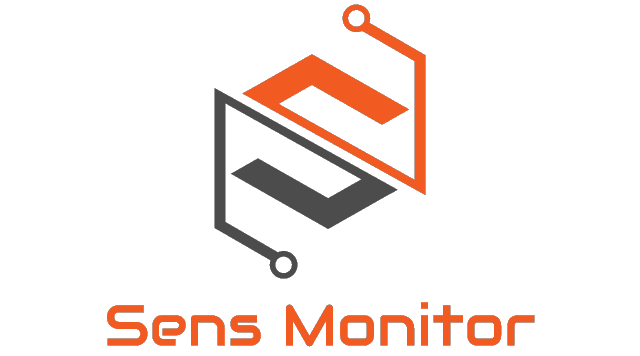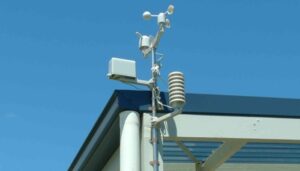These buildings very often are distant and do not have electric power supply. In that case they are targeted by the burglar. Also in many cases investor wants in real time to see the dynamics of the works. In both cases, SensMonitor can help whether through A/V streaming or timely alert about the current state.
IoT (Internet of Things) technology is revolutionizing the construction industry by providing innovative solutions for monitoring and managing facilities under construction. The application of IoT in this use case offers enhanced visibility, improved safety, increased efficiency, and streamlined operations. Here’s a closer look at how IoT is transforming facilities under construction:
- Real-Time Monitoring: enables real-time monitoring of various aspects of construction sites. Smart sensors and devices are deployed throughout the facility to capture data on parameters such as temperature, humidity, air quality, noise levels, vibration, and structural integrity. This real-time monitoring allows project managers and stakeholders to have up-to-date information on site conditions and make informed decisions.
- Safety and Security: plays a critical role in ensuring the safety and security of construction sites. Connected cameras, motion sensors, and access control systems help detect unauthorized access, monitor restricted areas, and identify potential safety hazards. Real-time alerts and notifications are sent to project managers and security personnel, enabling them to respond promptly to any incidents or safety breaches.
- Equipment and Asset Tracking: facilitates the tracking and management of construction equipment and assets. Connected devices, such as GPS trackers and RFID tags, are attached to machinery, tools, and materials. This allows project managers to monitor the location, utilization, and maintenance status of equipment in real time. Efficient tracking reduces the risk of theft, loss, or misplacement, and optimizes resource allocation.
- Remote Monitoring and Control: enables remote monitoring and control of construction site operations. Project managers can access data and control devices remotely using web-based or mobile applications. This capability enhances efficiency by enabling off-site monitoring, remote troubleshooting, and timely adjustments to equipment or processes. It also reduces the need for physical presence on-site, saving time and resources.
- Environmental Monitoring: sensors can monitor environmental factors during construction, such as dust levels, air quality, and noise pollution. This data helps ensure compliance with environmental regulations and allows proactive measures to be taken to mitigate any adverse impacts on the surrounding environment and neighboring communities. Real-time environmental monitoring promotes sustainable and responsible construction practices.
- Energy Management: solutions can optimize energy consumption and efficiency on construction sites. Connected devices, such as smart meters and energy monitoring systems, track energy usage, identify energy wastage, and enable automated control of lighting, HVAC systems, and other utilities. This leads to reduced energy costs, improved sustainability, and a smaller environmental footprint.
- Workflow Optimization: technology helps streamline construction workflows and improve productivity. Connected devices and wearable technologies provide real-time updates and instructions to workers, ensuring they have access to the right information at the right time. This promotes better coordination, reduces errors, and enhances overall project efficiency.
- Data Analytics and Insights: generated data from construction sites can be analyzed to gain valuable insights and support data-driven decision-making. Advanced analytics and machine learning algorithms can identify patterns, optimize resource allocation, predict equipment maintenance needs, and improve project scheduling. These insights contribute to better project management, cost control, and overall project success.
The application of IoT in facilities under construction brings numerous benefits, including increased safety, improved operational efficiency, enhanced resource management, and better project outcomes. By leveraging IoT technologies and solutions, construction companies can optimize their processes, reduce risks, and deliver projects more effectively. The integration of IoT in construction is transforming the industry, making construction sites smarter, safer, and more sustainable.



